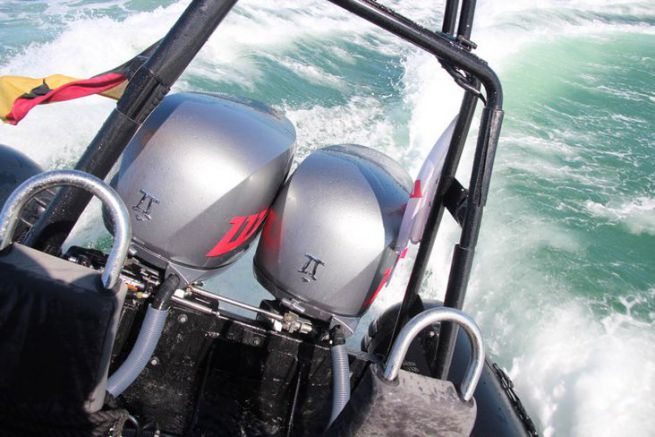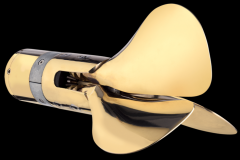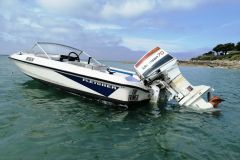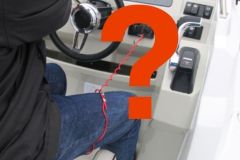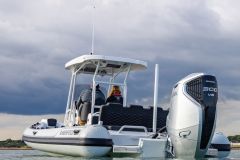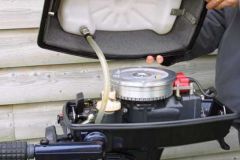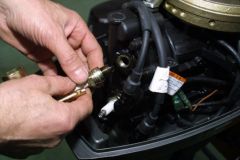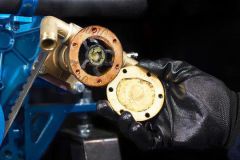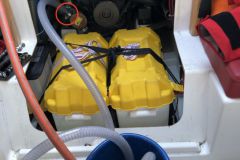50 hp that are worth 115...
More than the 50 hp announced, it is the torque that is interesting on this type of engine. The manufacturer puts it well in advance since the engine is signed with a big 111 which does not correspond to the power, but to the torque (111 Nm). To find an equivalent outboard torque, you need a petrol four-stroke with about 115 hp. This is all the more interesting when you consider that the DTorque consumes only 11 l/h at maximum speed and only 4 l/h at cruising speed. Data much lower than that of a gasoline outboard offers the same torque.

Torque to spare
Our semi-rigid with its aluminum hull displayed more than 2 tons on the scale. At maximum speed (4200 rpm) with the 2 engines, we reached 21 knots (about 11 l/h per engine). At 3500 rpm (cruising speed) the semi-rigid was advancing to 15 N (4 l/h per engine). But this type of motorization is not designed to achieve peak speeds. It's the couple that's incredible.
To highlight it, all you have to do is make a sharp turn at cruising speed. The boat turned on the spot and the engine speed did not move. It remains incredibly stable. Usually, on a gasoline outboard, the rpm drops sharply in the turn forcing the pilot to go around the throttle. None of this with the DTorque.
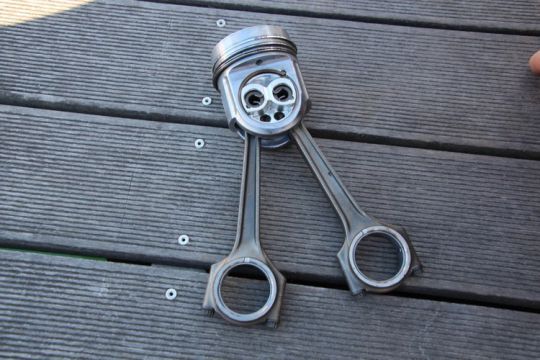
2 connecting rods for a single piston
This engine block is an 800 cc twin cylinder with 4 valves per cylinder and a common rail direct injection. A variable pressure turbo increases the air supply. To limit vibrations and support torque, the manufacturer has designed a very special architecture with 2 connecting rods per piston and 2 independent crankshafts.
One would have expected a disturbing noise when using this engine, but the low maximum rpm does not result in a powerful sound. The engine can only be blamed for a noise at idle. The 4-stroke outboard silencers at this speed have not accustomed us well.
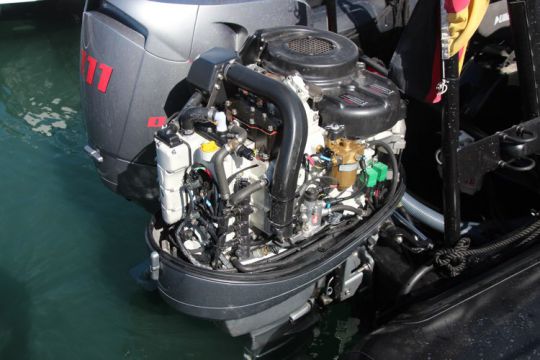
For whom? For whom?
The additional cost of buying the DTorque (about 31,000 euros including tax) compared to a petrol outboard does not intend it for pleasure use. It will require many hours of use per year (more than 500 hours per year indicates the manufacturer) to start making it profitable. In addition, the weight (175 kg or more than 40 kg of an equivalent petrol outboard) does not allow it to be mounted on all hulls
On the other hand, to avoid carrying petrol on a yacht, this engine could very well be used as a tender engine. Professionals (especially captains) are also interested in the savings generated by this motorization.
